
Aug 16, 2023 | SMB Technology, SMB Technology, SMB Technology, SMB Technology, Technology News
Artificial Intelligence (AI) has been used in some form for several years. Typical applications of AI include advanced-analytics and machine learning algorithms used to perform numerical and optimization tasks like predictive modeling. Generative AI, in contrast, has matured quickly due to enormous financial investment. According to a recent article by McKinsey and Company, generative AI has the potential to change how people create and the very anatomy of work. Read on to learn more about the potential and challenges of this new form of artificial intelligence. The Potential of Generative Artificial Intelligence What Generative AI is and Why it Matters In the article, generative artificial intelligence is defined as AI that is typically built using foundation models and having capabilities that earlier artificial intelligence lacked. Generative AI can generate content, which earlier AI couldn’t do. A foundational model is based on deep learning, akin to the neural layers in the human brain. The foundational model uses (is trained) on vast amounts of unstructured and unlabeled data to perform tasks immediately, or that data can be refined to accomplish specific tasks. Generative AI has the potential to add value and increase revenue in businesses across all sectors; when applied across industries, the use cases for generative AI could deliver a total value of $2.6 to $4.4 trillion of economic benefits per year. Generative AI could change the anatomy of work altogether, eliminating certain mundane tasks that take up a good part of each workday. It was forecast that AI might automate 50% of tasks between 2035 and 2070; the estimate has since been adjusted to nearly a...
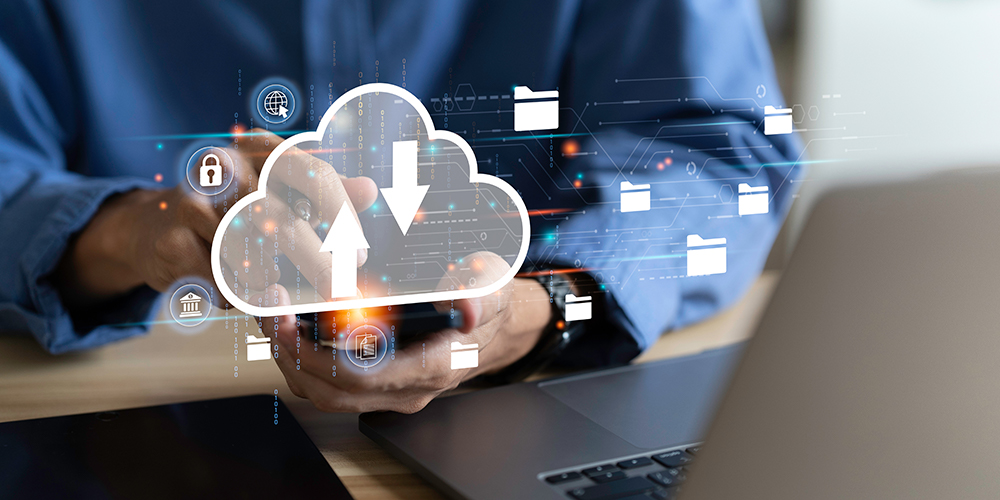
Aug 3, 2023 | SMB Technology, SMB Technology, SMB Technology, SMB Technology, Technology News
Cloud computing, with its many “as a service” offerings, is an option for replacing outdated on-premise infrastructure with a flexible, pay-as-you-go, Internet-based form of computing. Read on to learn about saving costs and supporting business innovation with Cloud computing Cloud Helps Convert Capital Expense to Operating Expense Cloud has helped many businesses, especially small to medium-sized businesses, move their computing from possibly aging on-premise infrastructure to a cloud service provider’s (CSP) infrastructure. Thus, the CSP handles the operation and maintenance of servers, hardware and software. Small to medium-sized businesses can switch from capital expenses (including the depreciation of equipment) to a flexible subscription-based computing model that allows the company to scale provision up and down as needed. Organizations can respond easily to demand fluctuations and use the cloud to support business innovation. Companies are able to monitor their usage, learning the compute cost for each of customers and adjust usage as needed. “Everything as a Service” Can Help Streamline Costs Infrastructure as a Service (IaaS), Platform as a Service (PaaS) and Software as a Service(SaaS) are three primary cloud service offerings, and the range of new ones has grown over the years. “As a Service” offerings have grown, and are expected to continue growing, over the next few years. In 2022, Gartner predicted that IT spending would exceed $1.3 trillion, and expand to $1.8 trillion by 2025. Everything as a Service (XaaS) brings together multiple offerings into one package, and investment in XaaS is slated to be the top category. In addition to the most common offerings listed above, XaaS can include Database as a...
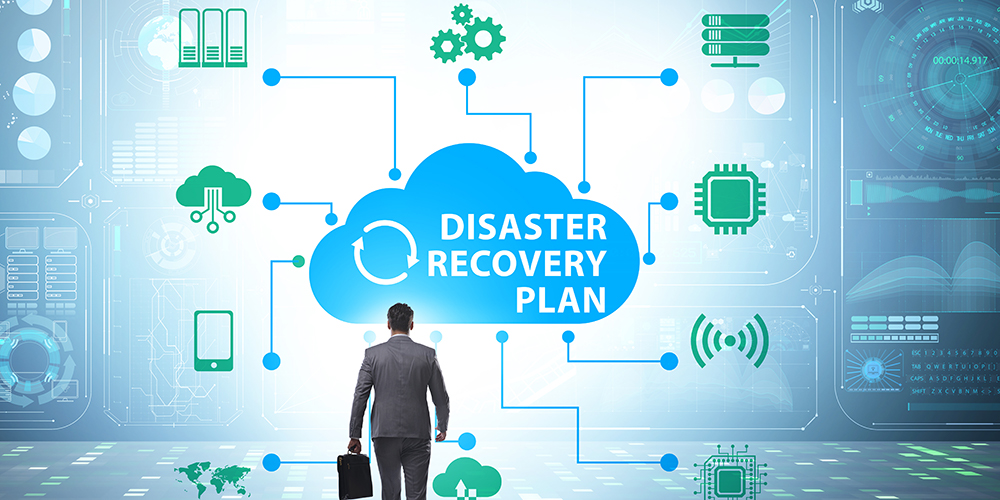
Jul 11, 2023 | SMB Technology, SMB Technology, SMB Technology, SMB Technology, Technology News
As recent events like severe storms demonstrate, disasters will occur. But they needn’t sideline your business. Read more to find out about developing a plan to mitigate the effects of disasters on your company’s data and network. The Cost of Failing to Plan The cost of downtime is $5,600 per minute! Multiply that out, and you could be paying hundreds of thousands or even millions for lost revenue, lost wages (or overtime when systems come back online), or fines for regulatory non-compliance. Even if unplanned downtime is just an hour, the cost is steep. The revenue you lose because your customers can’t purchase items on your website, and even missed deadlines for projects, can hurt your bottom line and your reputation with customers. Data breaches from cyberattacks can reduce your customers’ trust as well, and possibly result in fines for regulatory non-compliance. By not having a plan, you may waste valuable time because you don’t know what to do first. Developing a Business Continuity/Disaster Recovery Plan A business continuity/disaster recovery plan is vital in protecting your company. The disaster recovery aspect deals with how your business will bounce back from a natural or manmade disaster. How do you develop your plan? A good first step is assessing the current state of your network as well as the risks your company faces. Do your systems have any holes where malware can enter or places where data might become bottlenecked? Do you have redundancy/failover so that if one part of your network is down, another part can pick up the traffic? What about equipment you have on-premise–is...
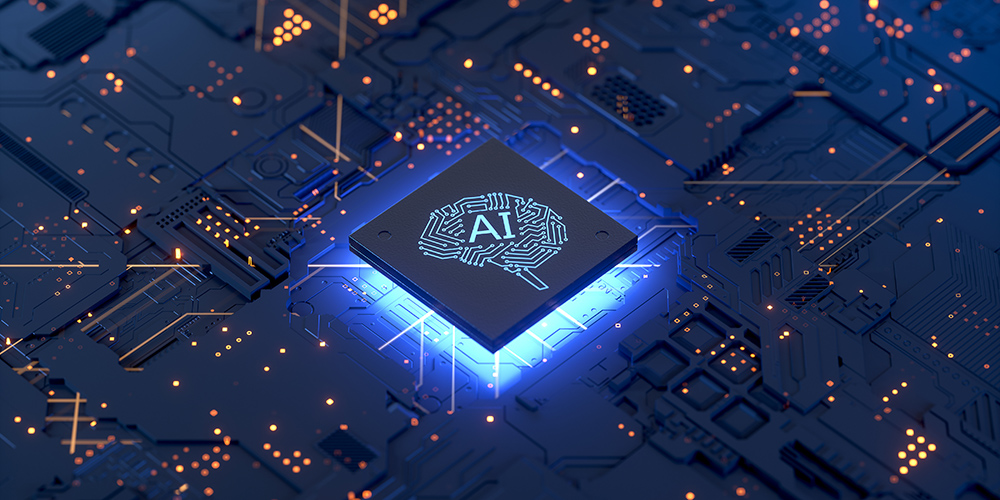
Jul 8, 2023 | SMB Technology, SMB Technology, SMB Technology, SMB Technology, Technology News
Artificial Intelligence (AI) and its applications have the potential to radically improve business processes. Like all technologies, it comes with risks, too. Read on to learn more how small to medium-size businesses can leverage AI while mitigating the potential risks of this growing technology. More and More Businesses Use Artificial Intelligence Use of artificial intelligence is growing, and is only expected to increase. According to a report cited by a CompTIA article, the market for AI is expected to grow by 38.1% each year until 2030–from 2022’s market of $119.7 billion. Tech and financial services are the industry sectors using it most, with telecommunications at 5%. Customer satisfaction for companies using artificial intelligence is expected to grow by 25%. What makes AI such a draw, especially for small to medium-sized businesses? Benefits of Artificial Intelligence Artificial intelligence can be used for business processes like automated chat, or to analyze great amounts of data in a way more time- and labor-saving than humans can. For smaller companies, having automated processes can free up a smaller staff from performing mundane tasks. Businesses can use AI to get customer feedback to change course in product/service offerings if needed. Automation by AI can even help with cybersecurity by detecting patterns and even anomalies in the sea of data generated by businesses–perhaps stopping a cyberattack in its tracks. Artificial intelligence can also be taught to shut down affected systems and isolate the threat. In terms of saving costs, businesses can allow automated chat to handle simple and quick customer service queries, allowing workers to focus on more complex issues. Moreover,...
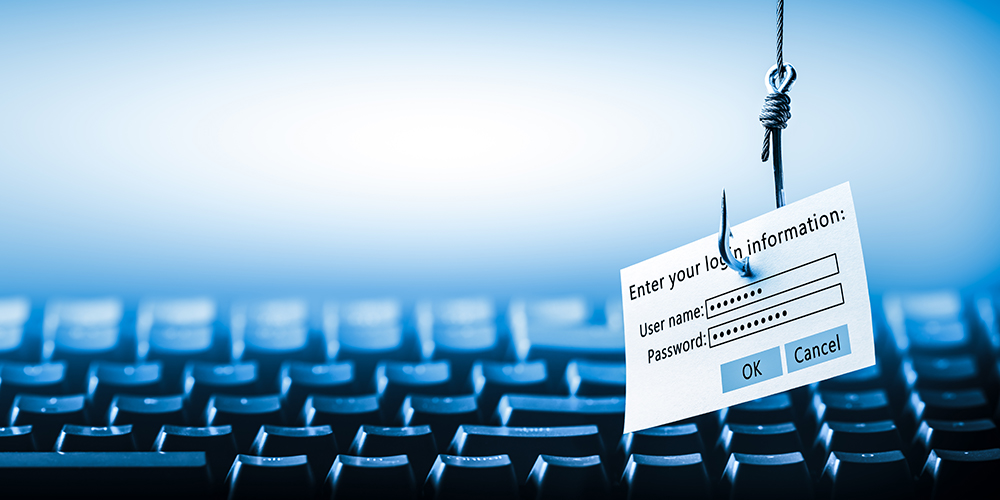
Jun 13, 2023 | SMB Technology, SMB Technology, SMB Technology, SMB Technology, Technology News
Now that Generative AI (e.g. ChatGPT) is here, phishing attacks may increase both in number and sophistication. How do businesses protect themselves? Awareness is a good first step, but gathering data using a security information and event management system (SIEM) is even better. Read on to learn how SIEM along with education and awareness training can reinforce your company’s efforts to prevent phishing attacks and resulting malware. What is SIEM? Security information and event management (SIEM) combines two separate systems to not only gather information but develop rules to help analysts understand what occurs in your company’s network. Security information management involves the gathering, monitoring and analysis of security-related information across different computer logs–including email applications. Security event management is involved in helping respond to incidents. SIEM brings the two functions together – the strong log-keeping functions of SIM with the response capabilities of SEM. The information is put together in a standard format, then aggregated and analyzed, helping IT professionals prioritize their threat response. Since SIEM can be outsourced to managed service providers (MSPs), it is possible for small to medium-sized businesses to afford it and not have to hire extra staff. SIEM and Phishing Attacks The security operations center of an average organization can receive tens of thousands of threats, and some can receive ten times more. What’s a small or medium-sized business to do? How do they know they are victims of a ransomware attack until the damage is already done? Security information and event management has the capacity to gather and analyze information about user authentication attempts, separating normal logins...
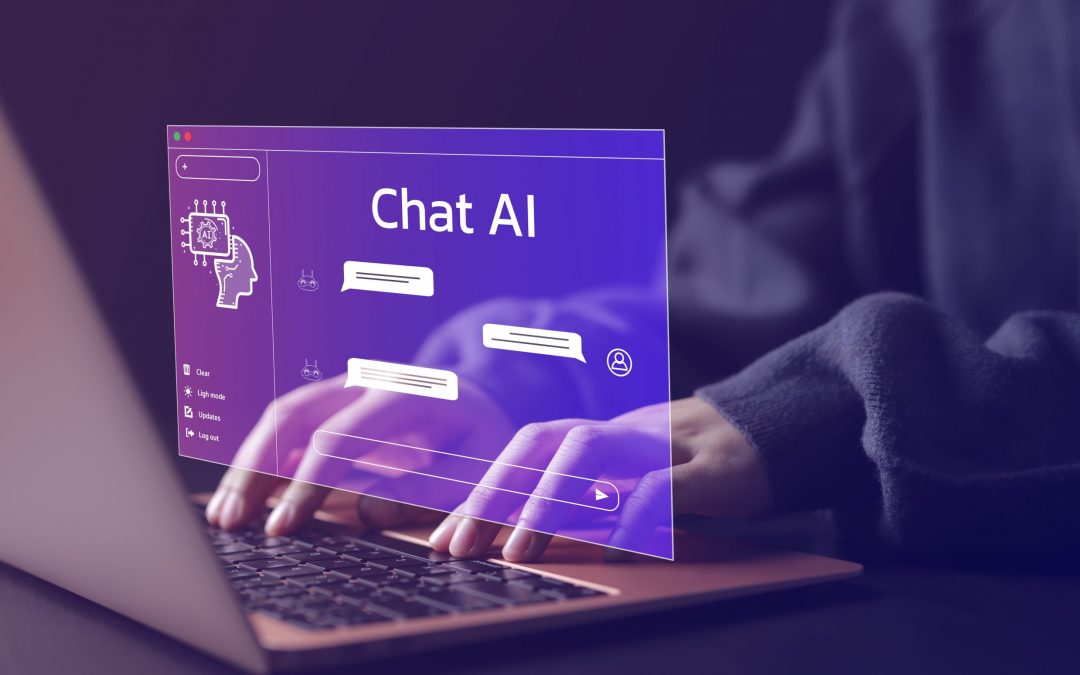
Jun 7, 2023 | SMB Technology, SMB Technology, SMB Technology, SMB Technology, Technology News
Any technology brings benefits as well as possible challenges, and Generative AI (e.g. ChatGPT) is no exception. ChatGPT is a type of artificial intelligence language model (“GPT” stands for generative pre-trained transformer) that carries potential for business uses. Whatever challenges this prevents in terms of cybersecurity will become apparent. No matter what the technology, safeguards will still revolve around people, processes and technology. Read on to learn more about ChatGPT, its potential uses, and the challenges it may bring. What ChatGPT is, and Why it Matters ChatGPT, a product from Open AI, is a Large Language Model (LLM) built on datasets from the Internet and pre-trained to give responses to questions, generate content, and make user interfaces more personal and interactive. Predictive text is already prevalent in email applications, wherein the application tries to guess the next few words or next sentence. All the user has to do is click the tab button to accept or continue typing to override the suggestion. Similarly, the artificial intelligence powering ChatGPT can help generate text by prompting the writer with suggestions based on Internet data. Organizations can save time and improve customer service, content creation, research and even automate customer service analytics. Generative artificial intelligence is the enabling technology for ChatGPT, and uses are probably limited only to the human imagination. Artificial intelligence puts together information from the Internet, but it’s up to the user to judge the content’s usefulness and accuracy. Early Adoption of ChatGPT Progresses Quickly While not yet audited for bias and accuracy, ChatGPT has still become popular, and will probably become even more so,...







